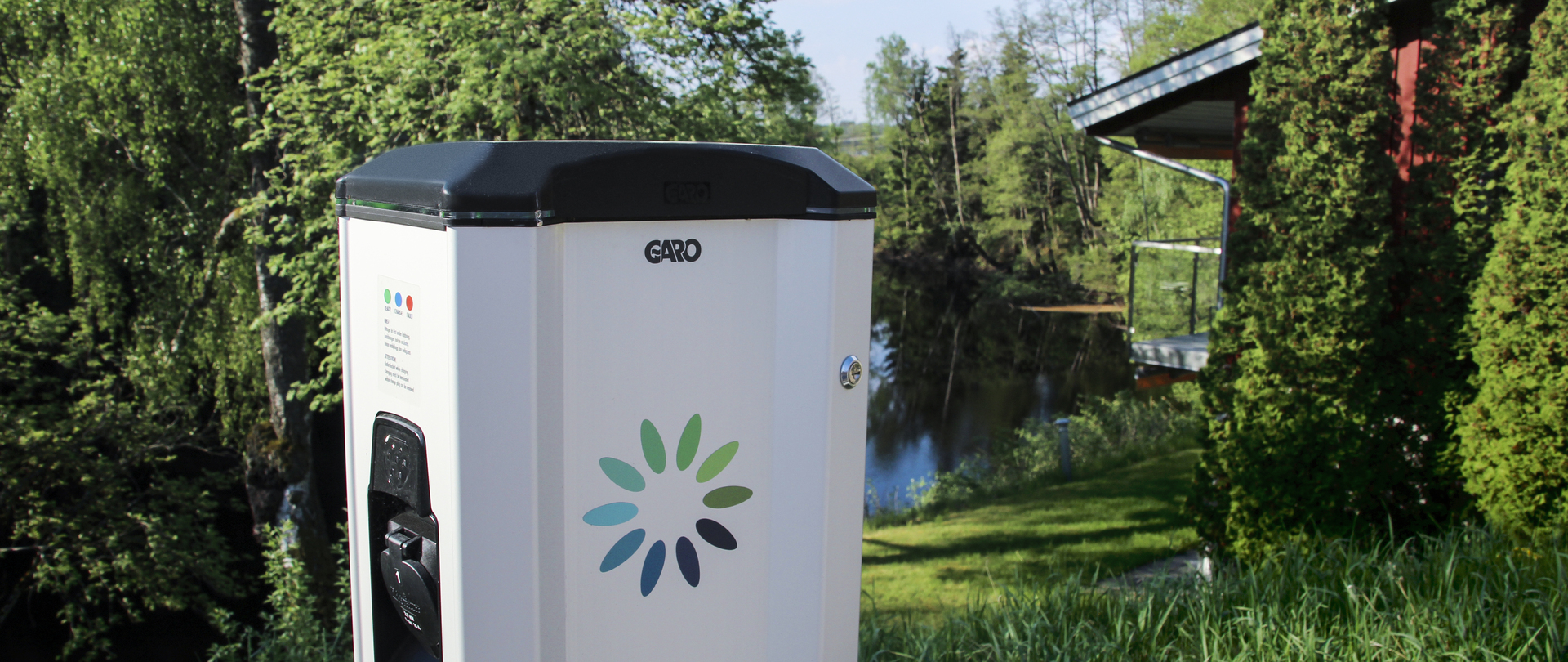
What is Destination Charging?
Why is it important for the hospitality and retail industry to consider electric vehicle charging?
Plug in Electric vehicles (EV) account for over 20% of new Irish car sales in 2022 to date. Typically, 80% of Electric Vehicle (EV) charging is done at home and the remainder done on route or at what is referred to as Destination Charging.
You will find destination chargers in places like supermarkets, shopping centres and public areas. However, given that a driver is more likely to have taken a longer journey to reach a destination in the hospitality sector, the need for destination charging is much higher.
Booking websites now have filters to highlight Hotels who have Charge Points available. It seems almost inevitable that all Hotels with parking facilities will require some level of EV charging infrastructure in the new future.
Of course, there will be costs involved in installing charging infrastructure, but we should also be aware of the value it will add to a business. It has been shown that EV drivers will stay longer at their destination and will always choose a destination with Charging over one without. Early adoption can put a company ahead of its competitors and offer marketing opportunities promoting your corporate commitment to renewables and the environment. With increasing costs being seen in manufacturing, construction, and labour there is no better time to act than now.
It is understandable that many are not knowledgeable when it comes to Electric Vehicles and their Charging. So, let’s cover a few points which are in some cases specific to the hospitality industry…
Q) How long does a car take to charge?
A) It depends! Most of the early EV’s had quite small batteries which would fully charge in 4 hours. Newer EV’s have bigger batteries and can take up to 9 hours. This is using a domestic 32A Charge. Commercial premises have more power available so faster charging can be achieved by using higher capacity Charge Points. We should keep in mind that EV drivers don’t often let their battery run down very low, so they are not often looking for a full charge.
Q) How many Charge Points are required?
A) This is different for every situation and of course depends on footfall. Some Local Authorities are requiring Charge Points at 10% of parking spaces in new builds, so this may be a good guide. What is worth considering in small car parks is that we should install more than one point. If we have advertised that charging is available, a client will be disappointed to find it in use or out of order when they arrive.
Q) Could the amount of power used overload our electrical system?
A) It is always worth having a survey of your electrical system completed at the early stages. Increasing the size of the utility supply can be avoided by using what we refer to as Load Balancing technology. The Charge Points will read the level of power being currently used in the building and only use what is left available (before a fuse blows or you exceed your agreed utility supply threshold)
Q) Can we collect revenue from the Charge Points?
A) Yes! They can be connected to a back-office monitoring system which will control access to the Charge Points. The driver can pay directly using an App. The cost is decided by the business owner and can be different depending on the user. For example, a guest might have a certain rate, staff might have another rate, and you could even open it for use to the general public at another rate. Of course, the option is there for certain users to be able to charge for free too.
